Celebrating Japan: an exhibition of architectonic models at La Triennale di Milano
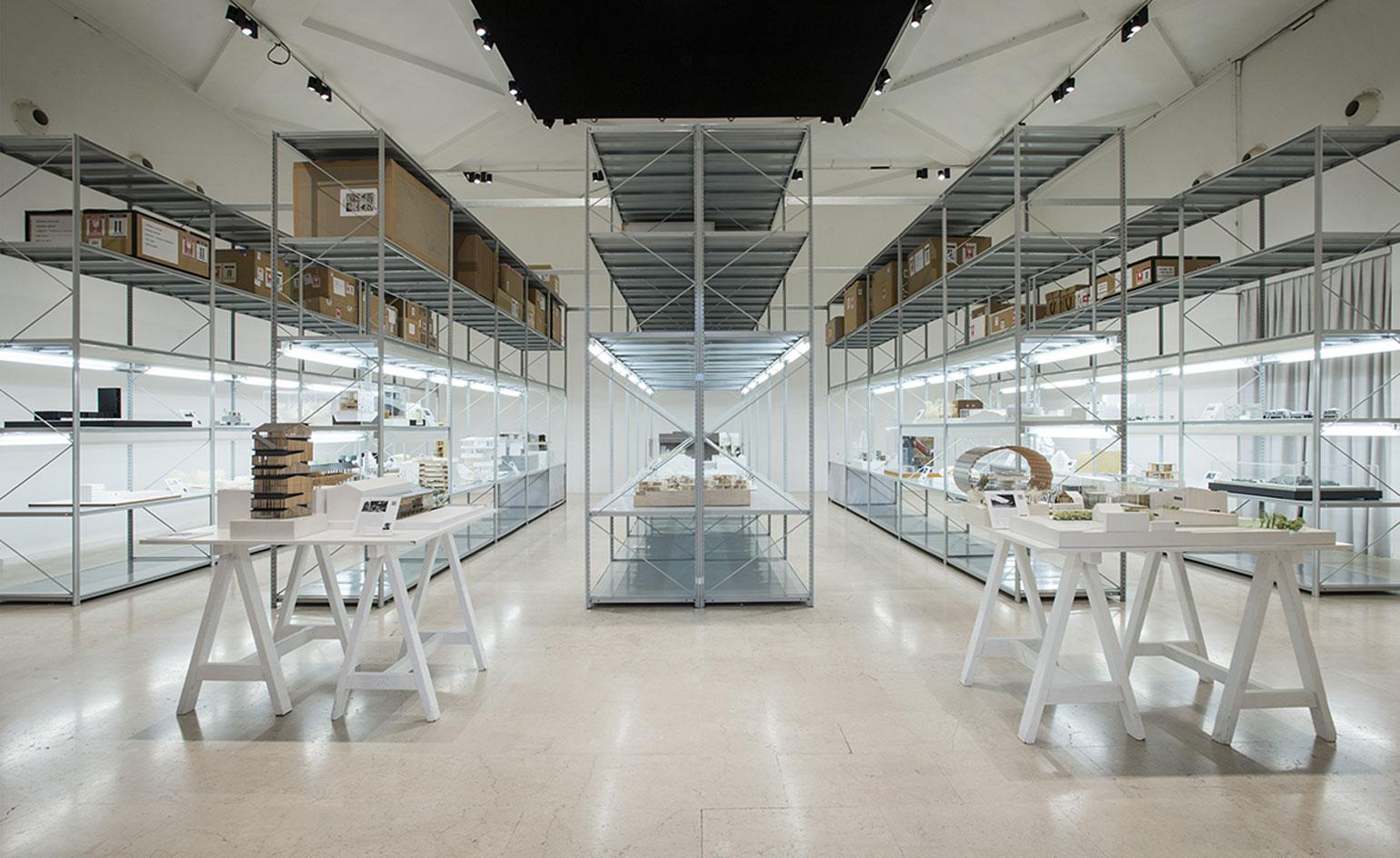
Delve into the minds of 41 great Japanese architects at 'Archi Depot Tokyo' – an exhibition showcasing a range of architectonic concept models at La Triennale di Milano.
The installation explores the thought processes of a number of lauded designers, revealing the way in which they attempt to create architectural masterpieces. The show – which features the work of Shigeru Ban, Milan-based Setsu and Shinobu Ito, Arata Isozaki, Riken Yamamoto and many more – is organised by the new Japanese design company Archi Depot Foundation, which was itself founded this year by the 'culture curation site' Terrada Warehouse and Tokyo Design Centre.
Viewers are afforded an insight into the breadth of skills, past and present, inherent in Japanese architecture through the models on show; from the whimsical, tangled work of Akihisa Hirata and the intricate craft of Hiroshi Naito’s sculptural gymnasium (designed for Shizuoka Prefecture's Kusanagi Sports Complex), to more conventional structures – such as Arata Isozaki's Allianz tower – and disaster relief projects in the form of Ban's Nepal project.
The exhibition also features talks from both Yamamoto and Ban, and installation design by Setsu and Ito. Through the show, the foundation aims to highlight Japan’s presence at the Milan Expo and ‘stimulate understanding in the relationship between architecture and the urban or natural environments’.
Following the close of the show on 19 July, Archi Depot Foundation is eventually planning to open a museum in Tokyo to house all of the influential models and archives, further helping to celebrate Japanese design and creation.
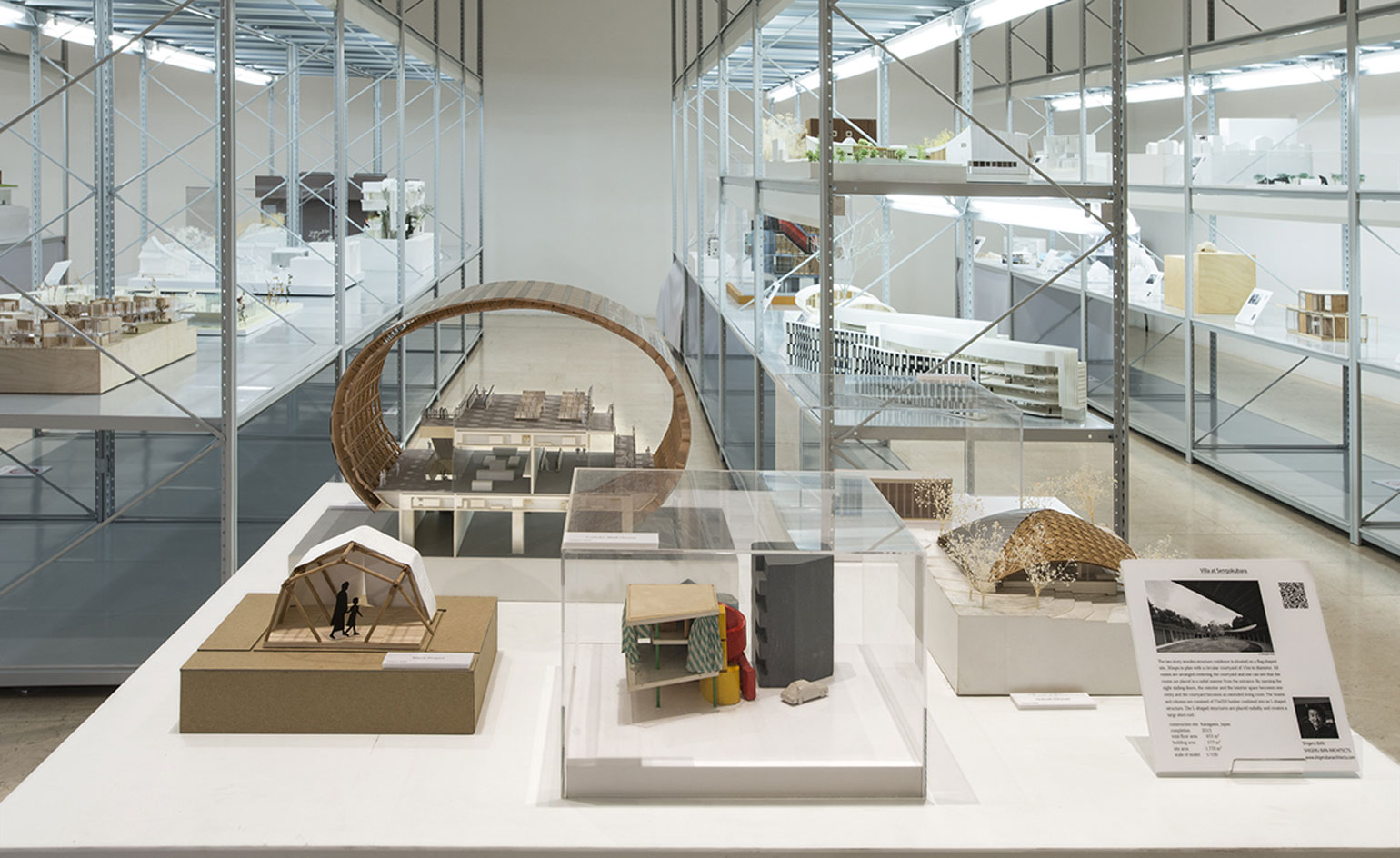
The installation explores the thought processes of a number of lauded designers, revealing the way in which they attempt to create architectural masterpieces
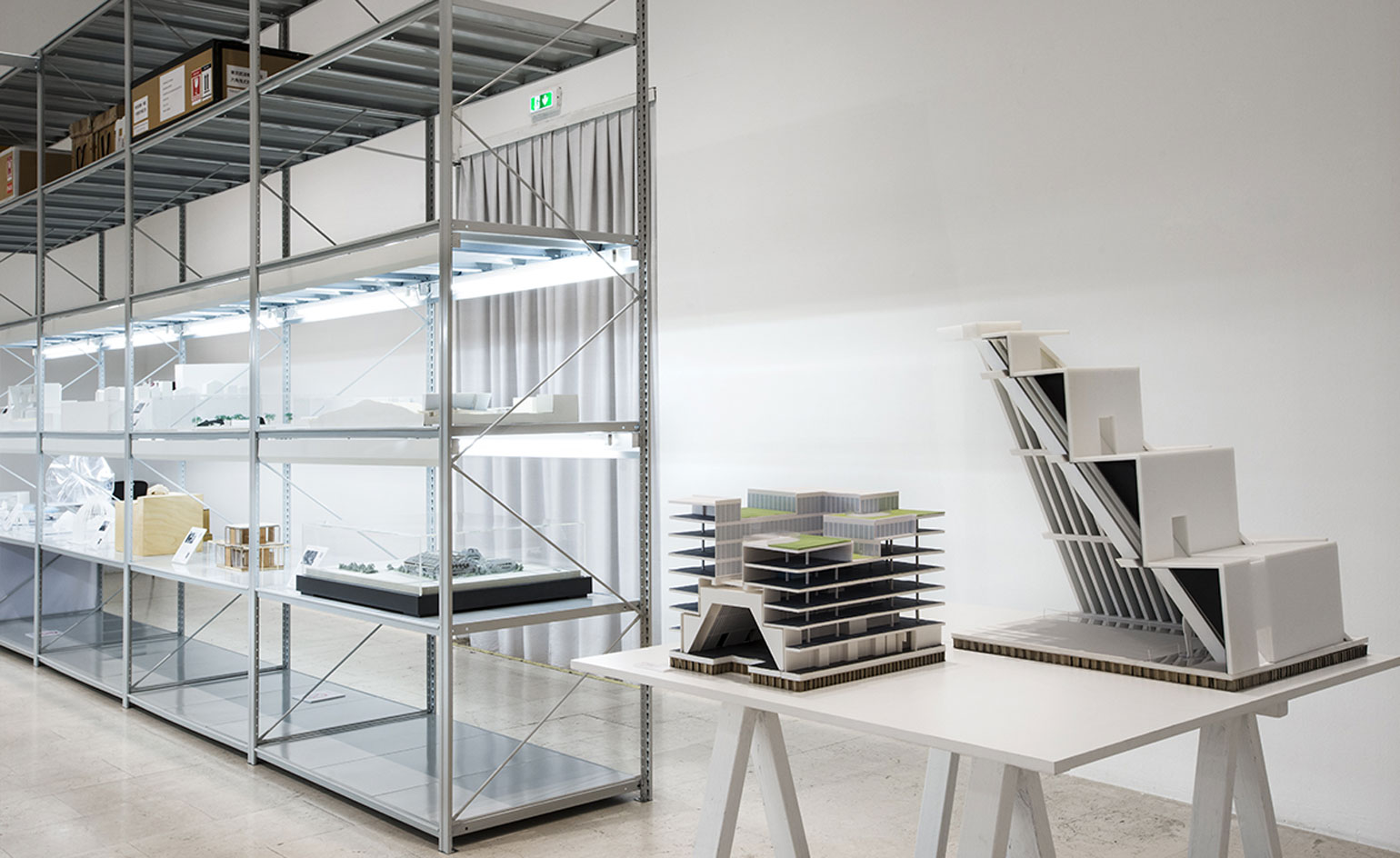
Viewers are afforded an insight into the breadth of skills, past and present, inherent in Japanese architecture through the models on show
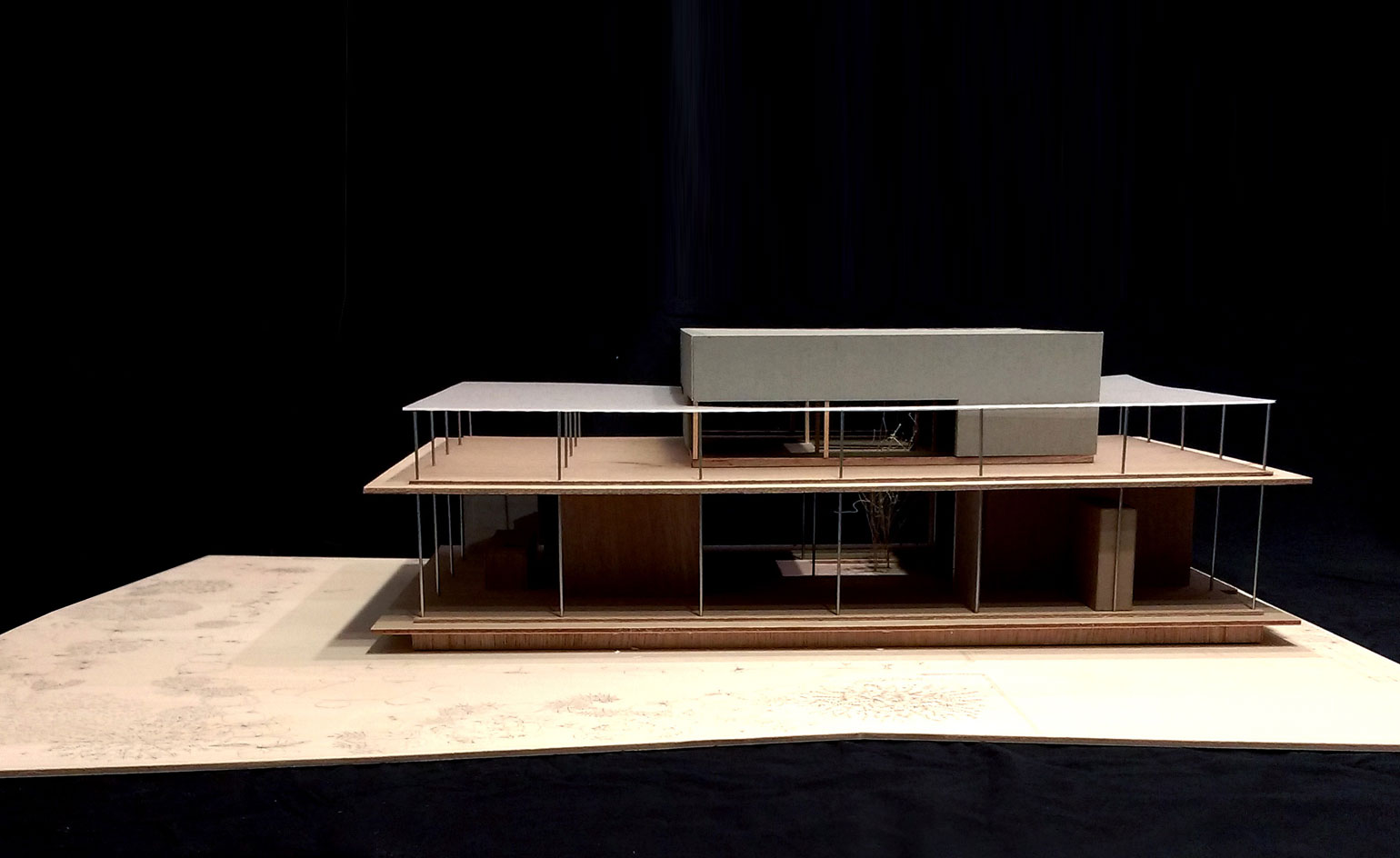
House in Tsujido
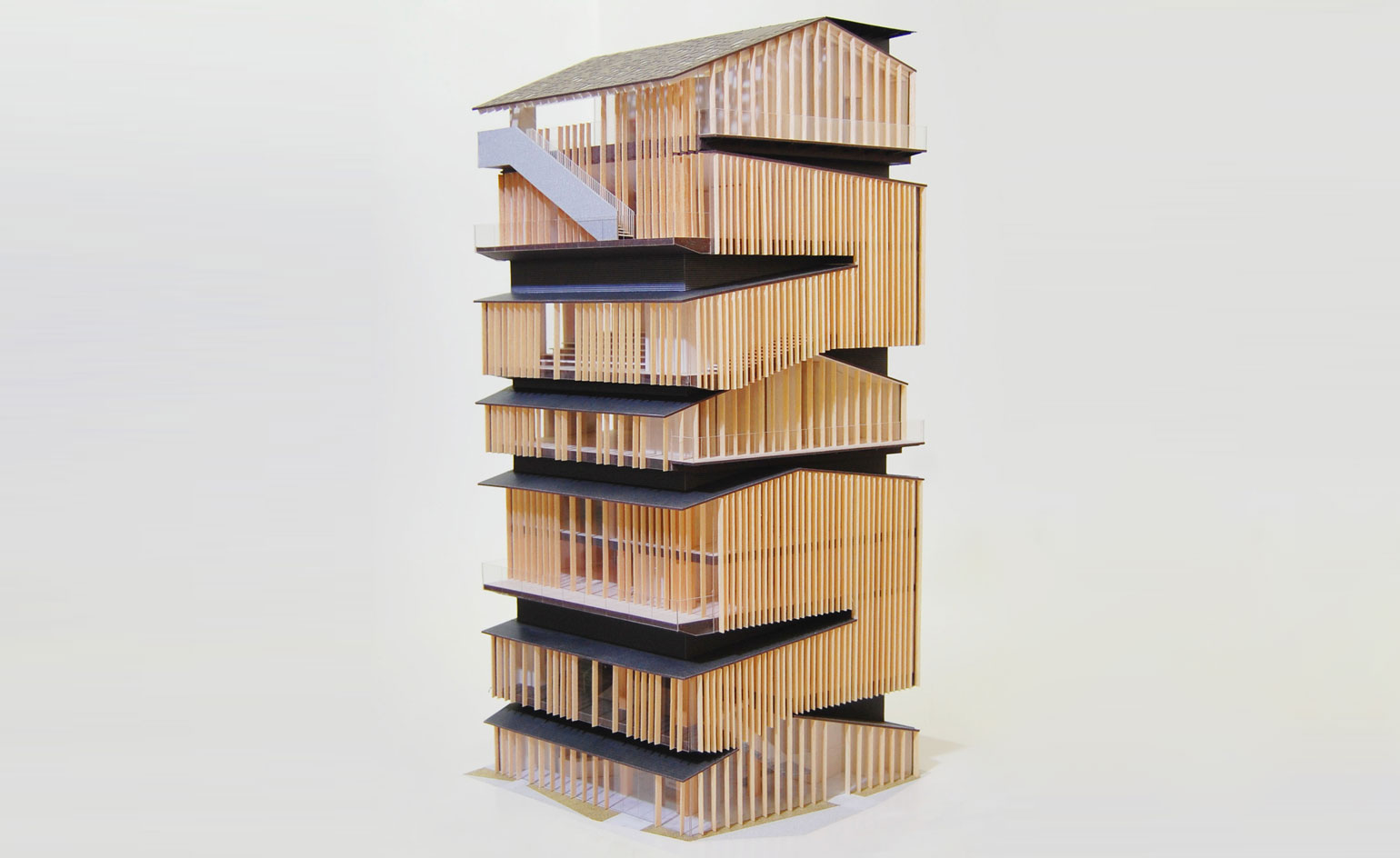
Asakusa Culture and Tourist Information Center
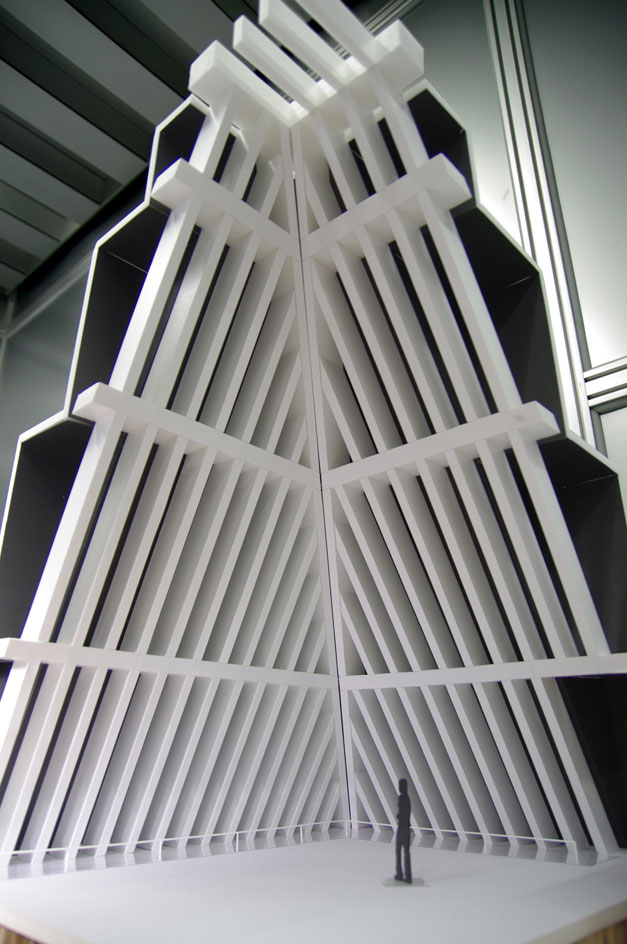
The Circle at Zurich Airport
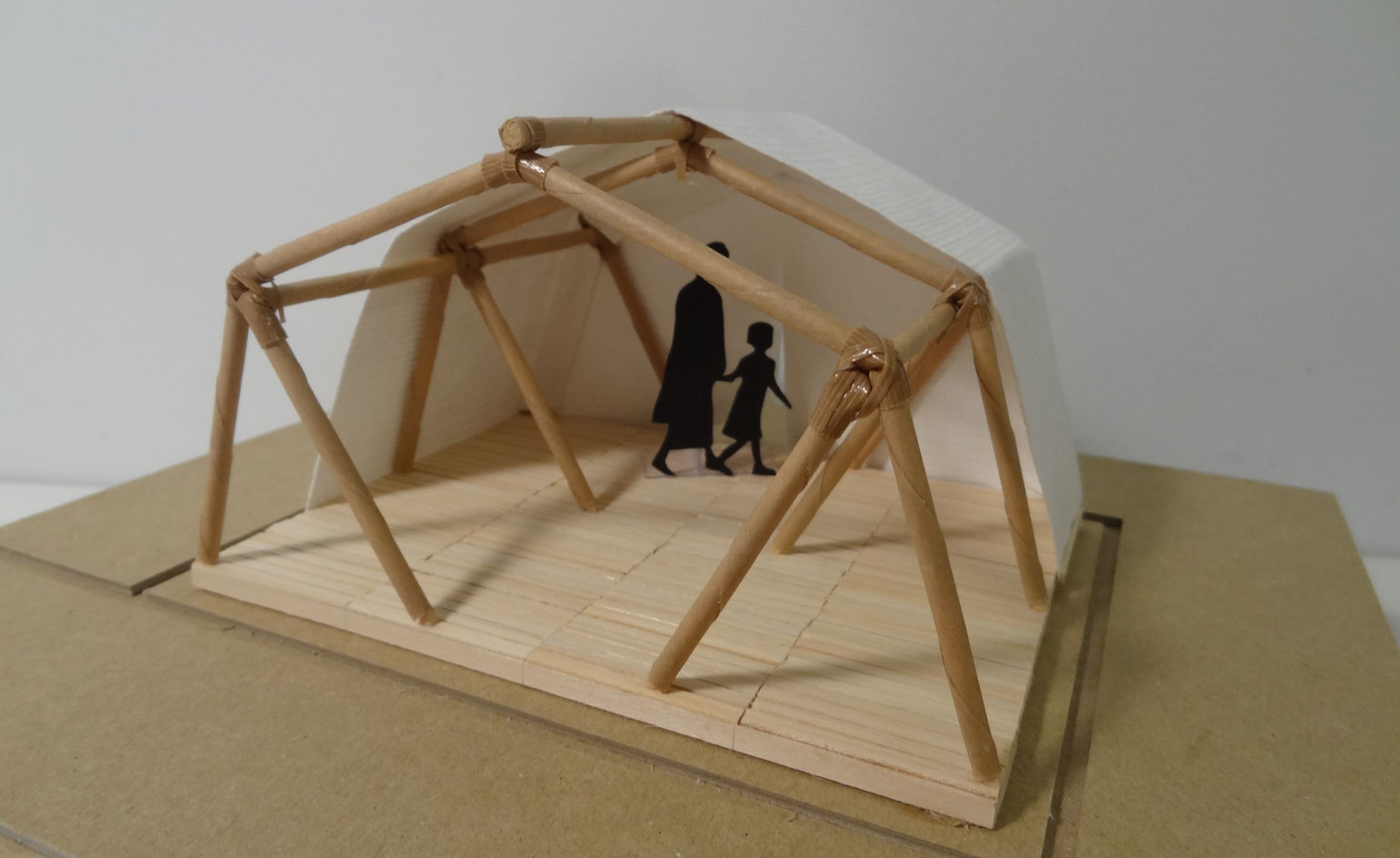
Nepal Project
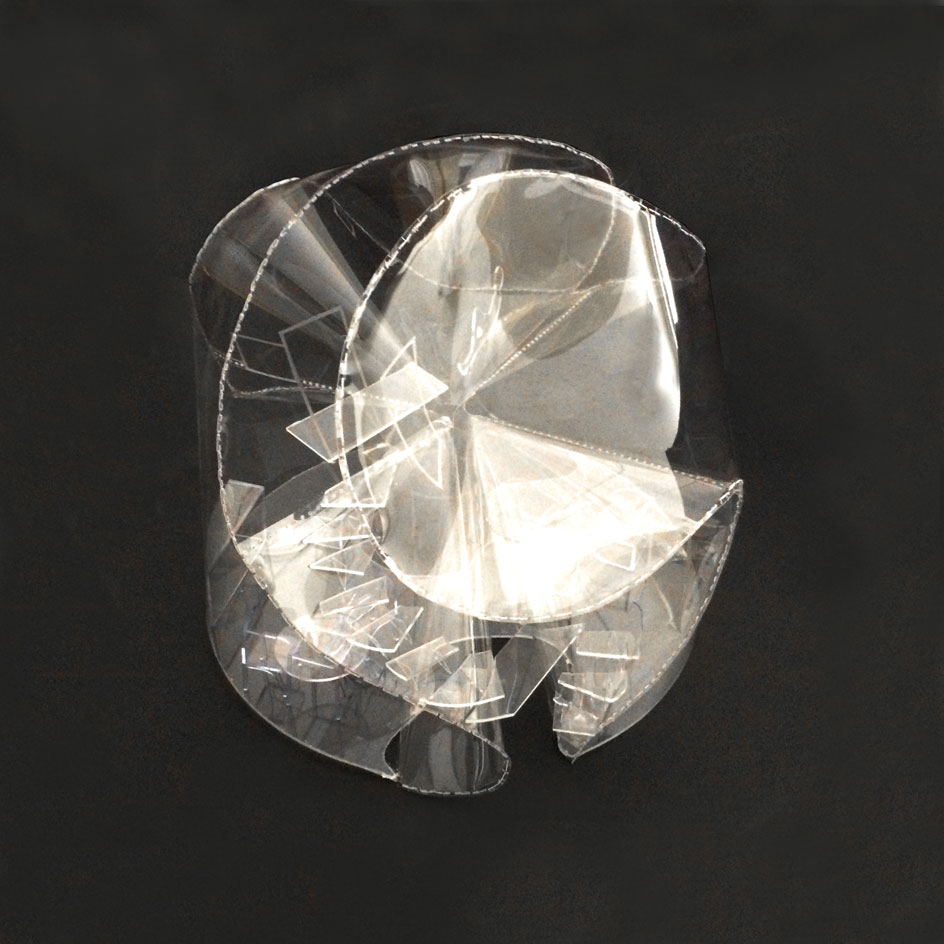
Global Cave
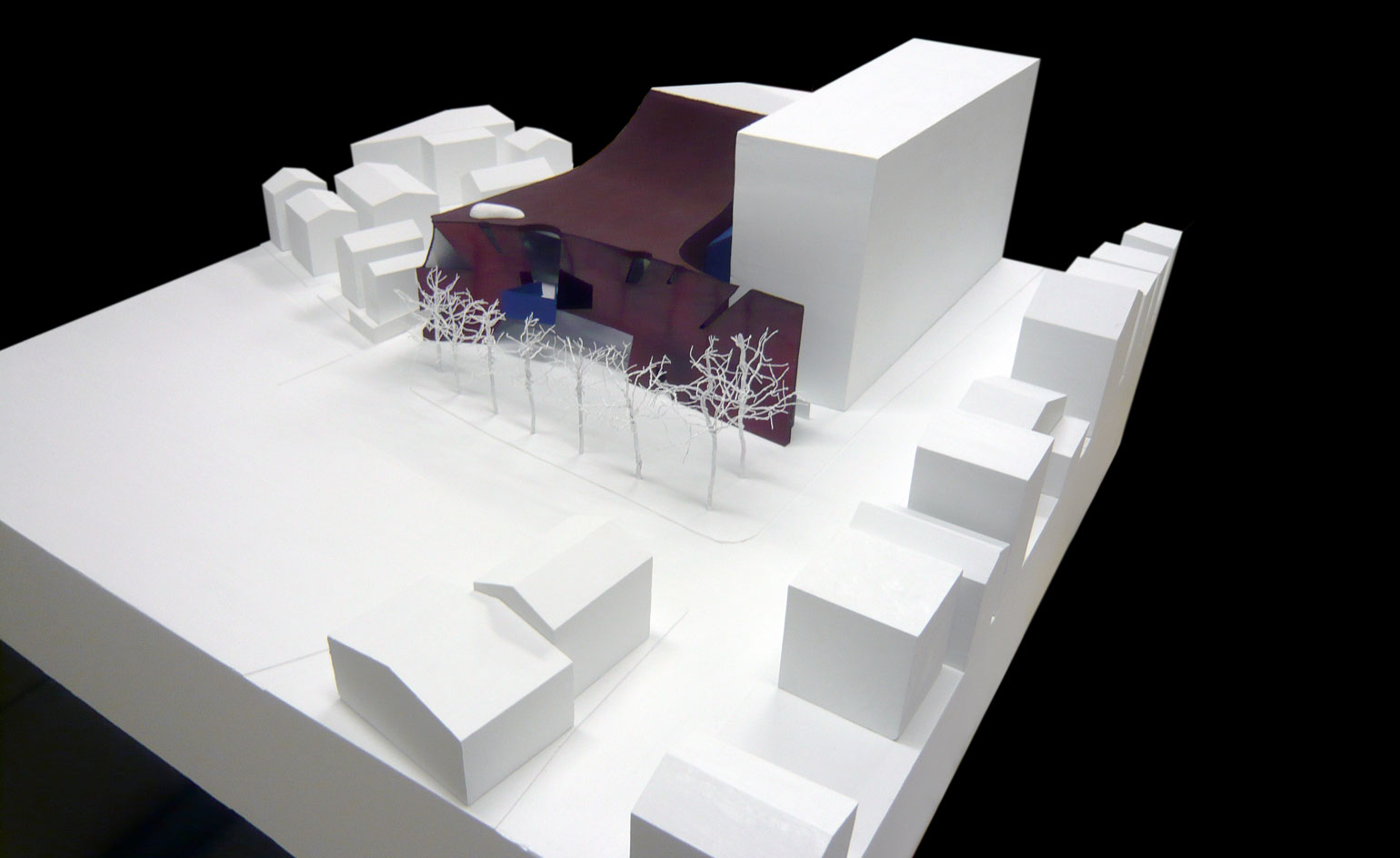
Funabashi Town Art Museum
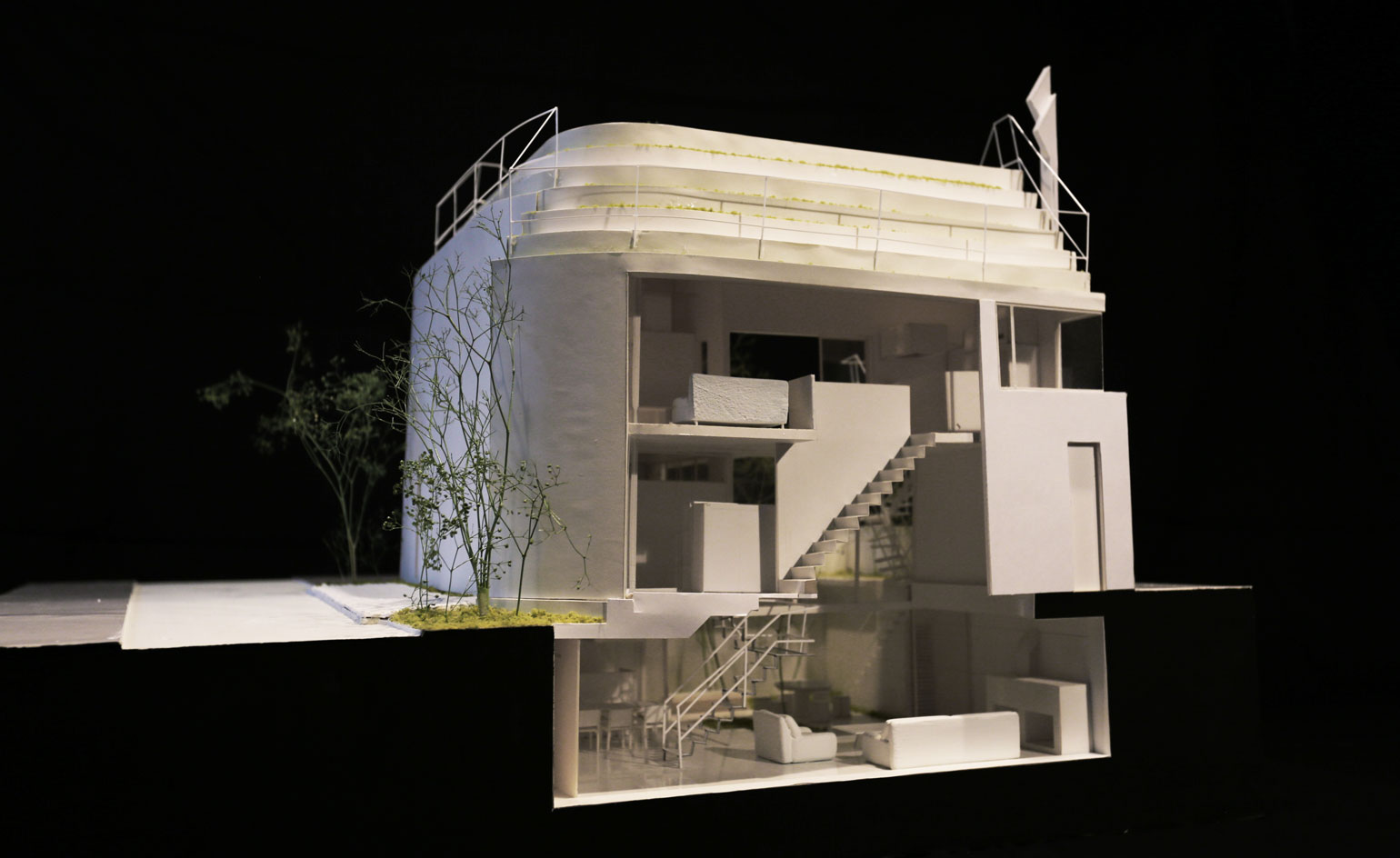
Iron House
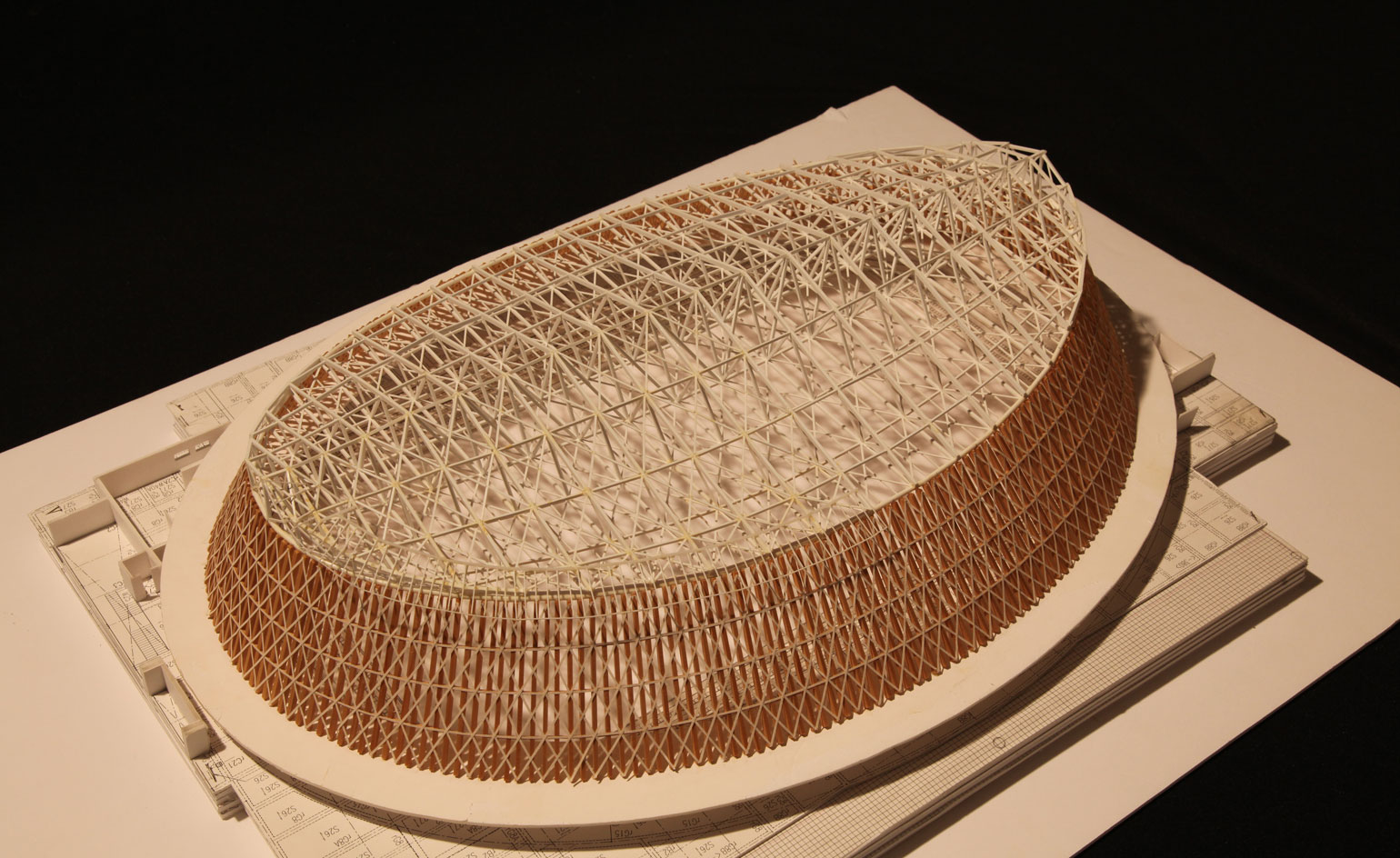
Kusanagi Sports Complex Gymnasium
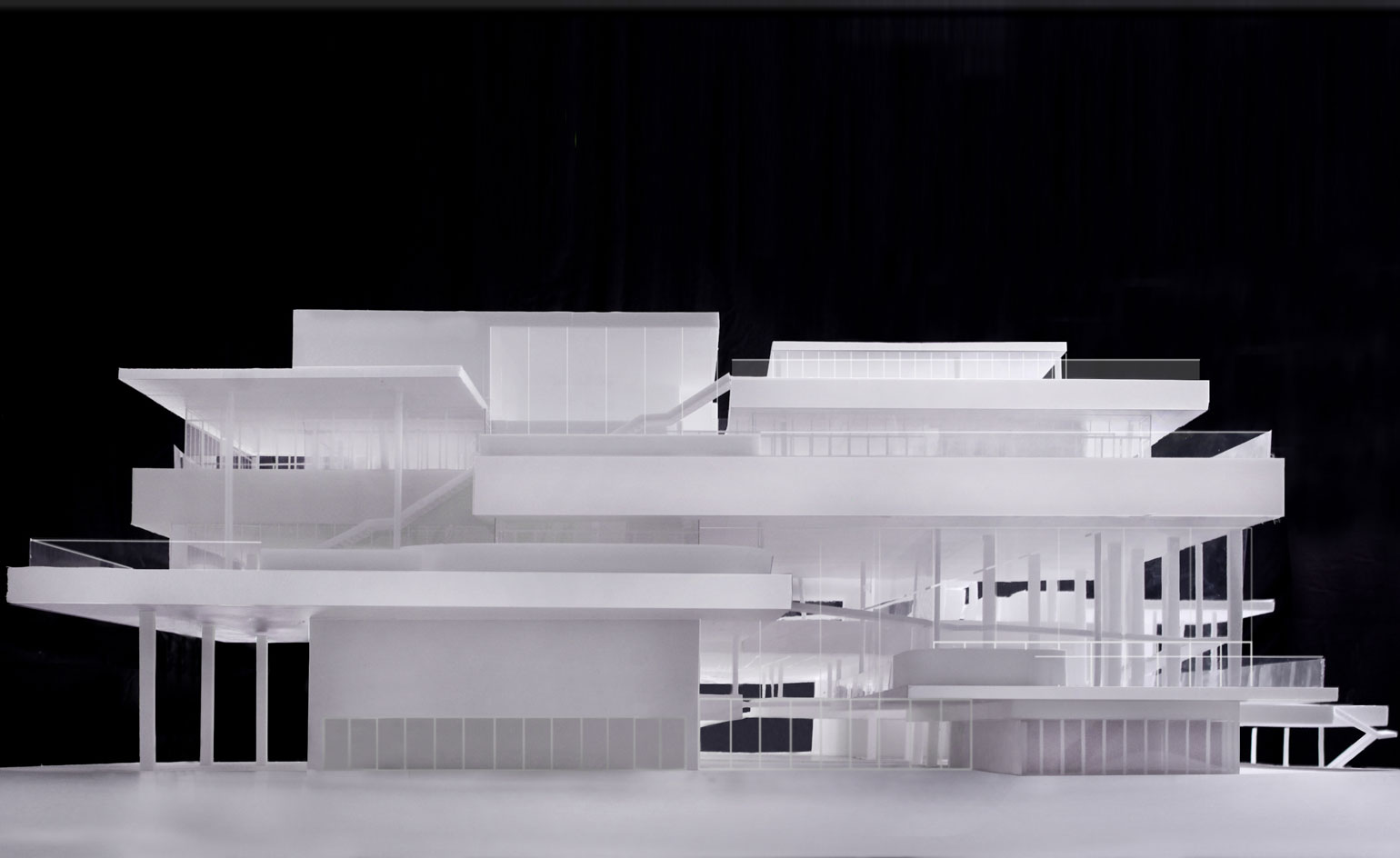
Sukagawa Civic Centre
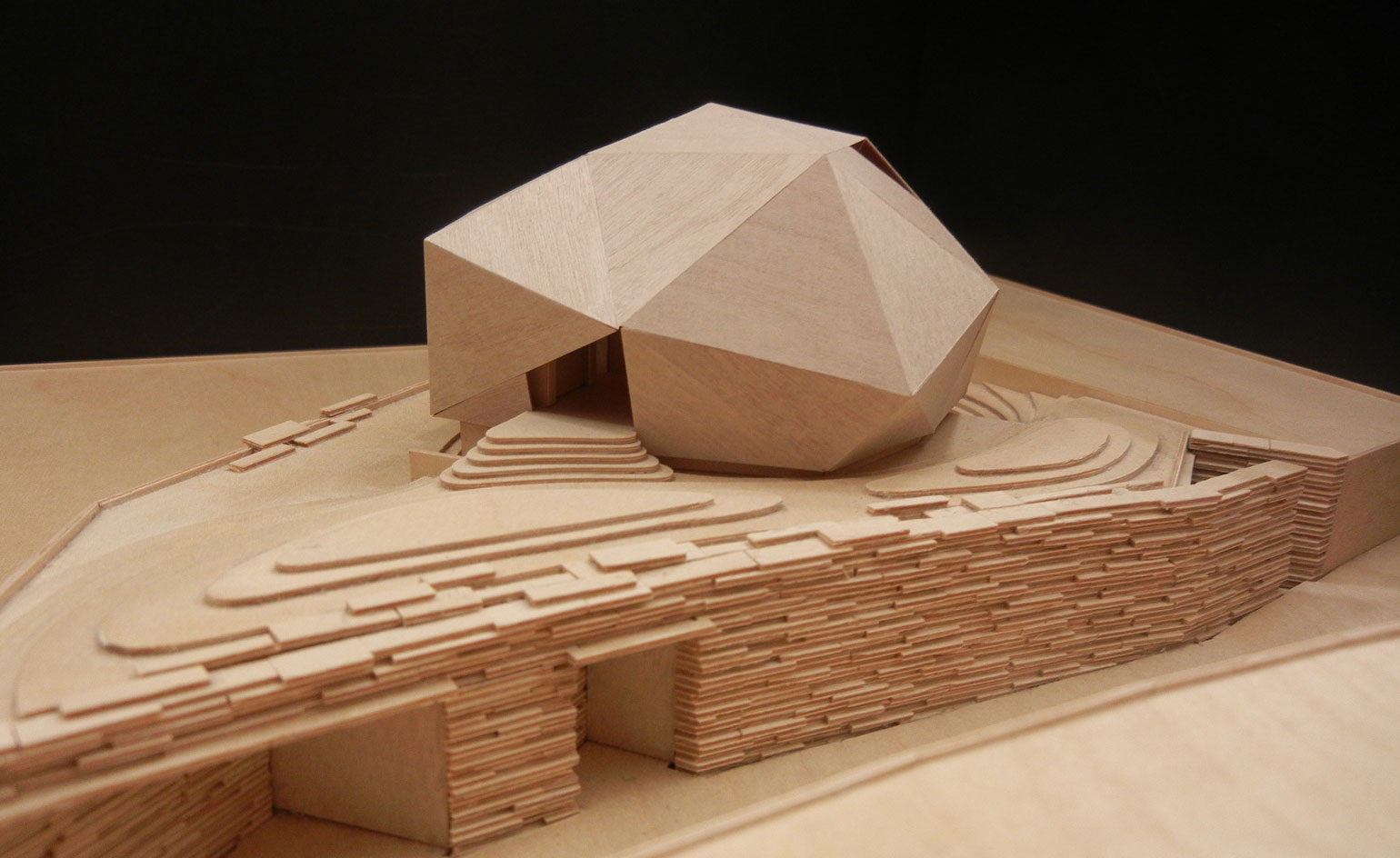
Hironaka House
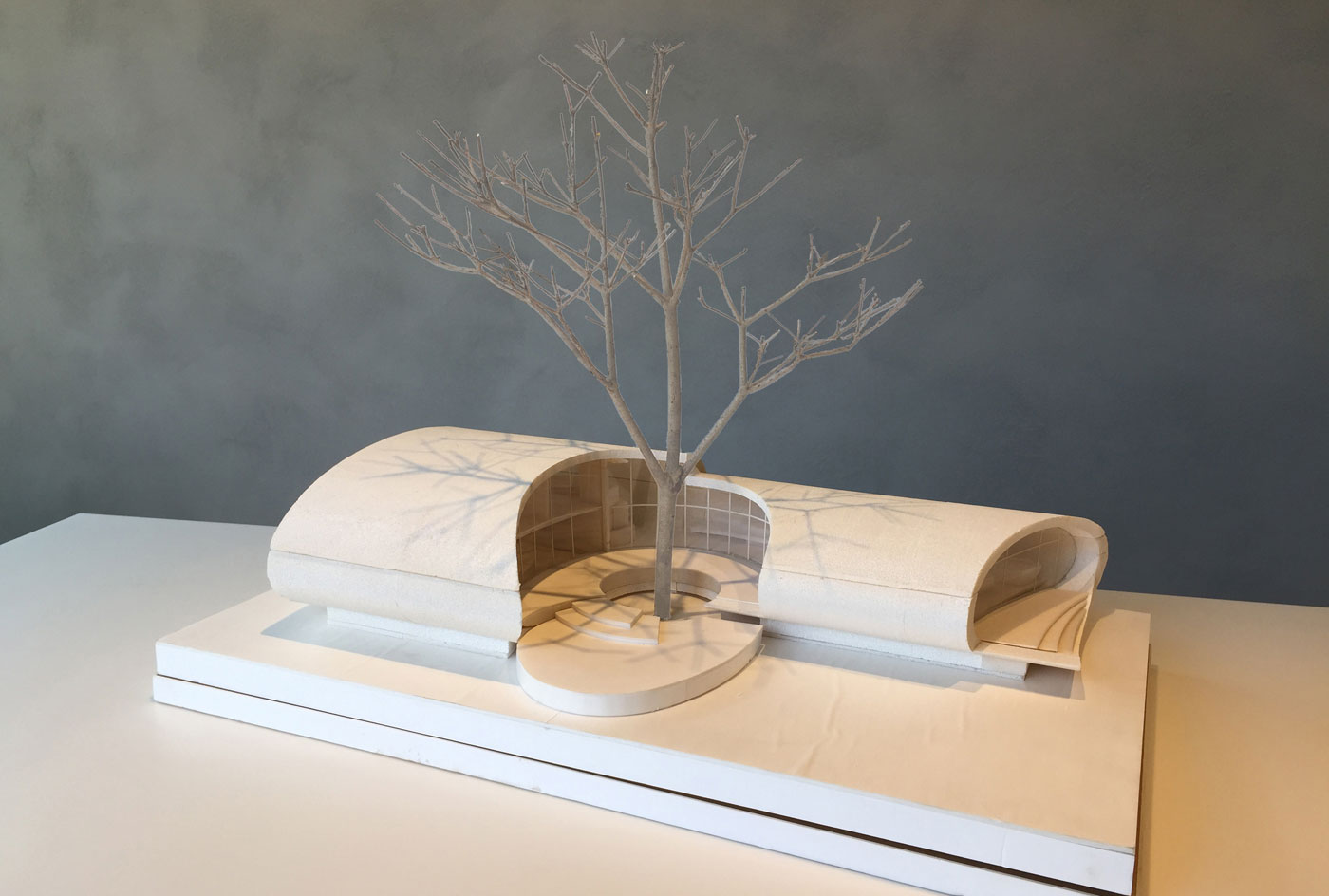
Shell House
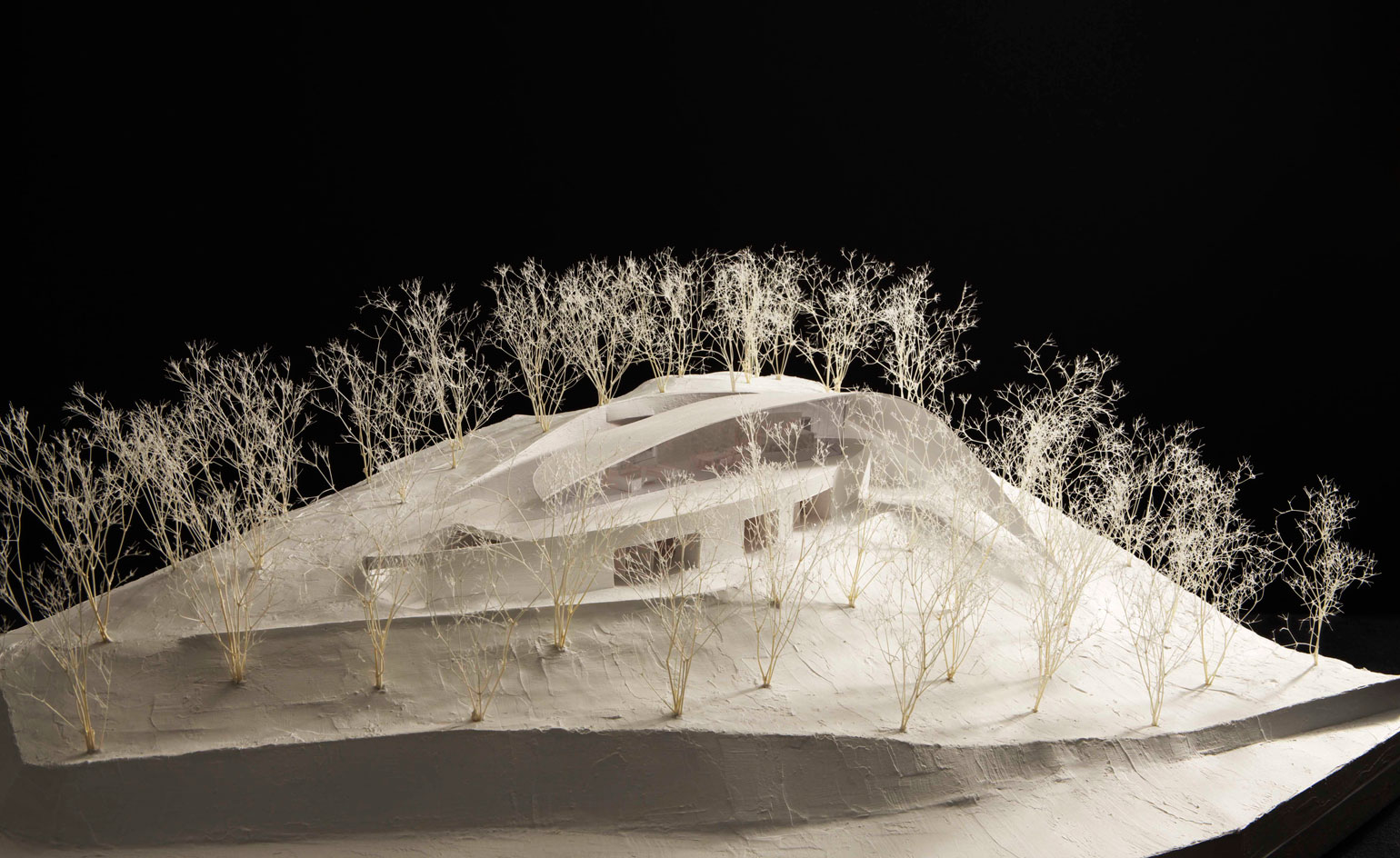
Villa A
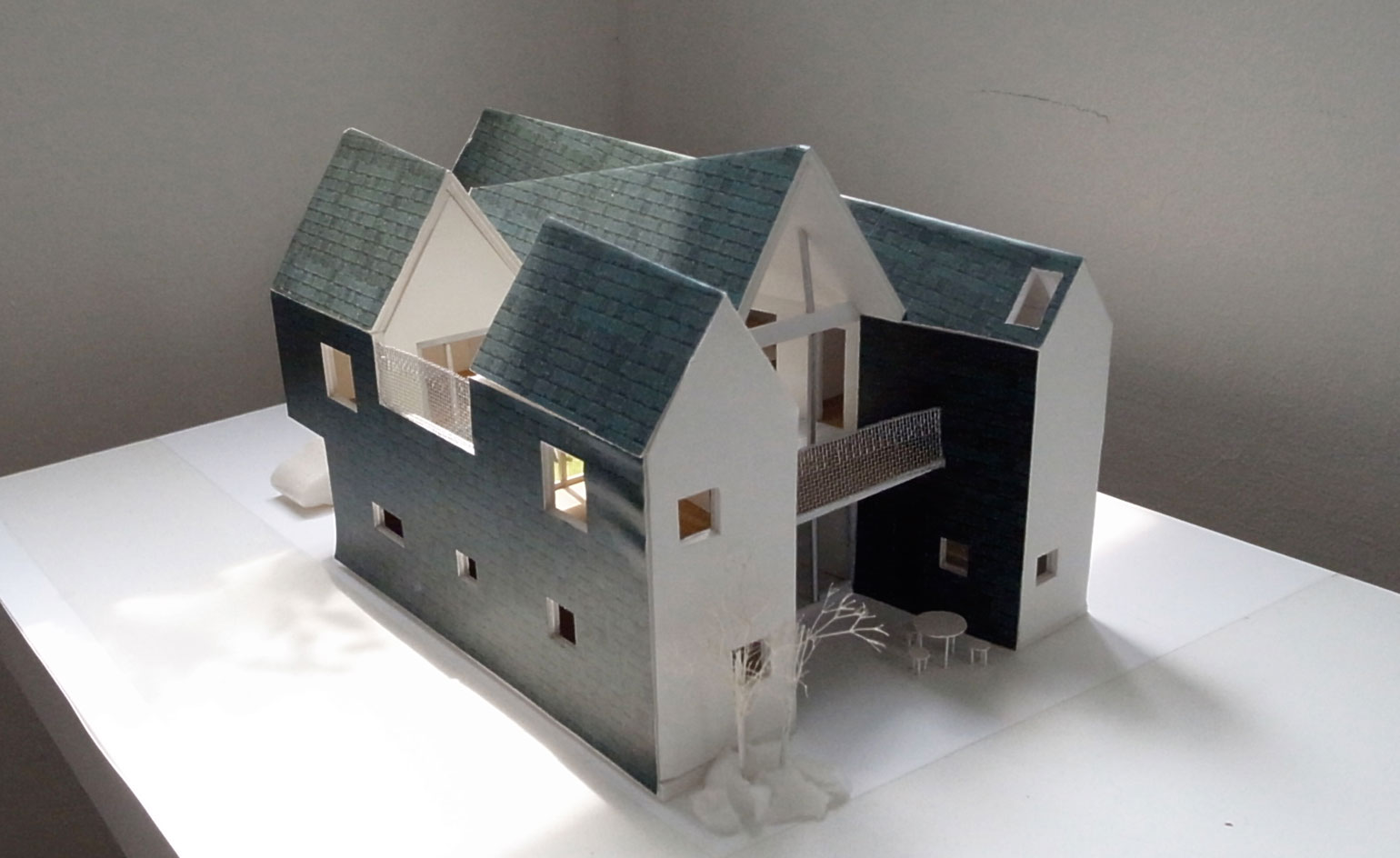

Double circular rings in Todoroki
ADDRESS
La Triennale di Milano
Viale Emilio Alemagna
6, 20121 Milan
TELEPHONE
39. 02 724 341
Wallpaper* Newsletter
Receive our daily digest of inspiration, escapism and design stories from around the world direct to your inbox.
Sujata Burman is a writer and editor based in London, specialising in design and culture. She was Digital Design Editor at Wallpaper* before moving to her current role of Head of Content at London Design Festival and London Design Biennale where she is expanding the content offering of the showcases. Over the past decade, Sujata has written for global design and culture publications, and has been a speaker, moderator and judge for institutions and brands including RIBA, D&AD, Design Museum and Design Miami/. In 2019, she co-authored her first book, An Opinionated Guide to London Architecture, published by Hoxton Mini Press, which was driven by her aim to make the fields of design and architecture accessible to wider audiences.
-
 Put these emerging artists on your radar
Put these emerging artists on your radarThis crop of six new talents is poised to shake up the art world. Get to know them now
By Tianna Williams
-
 Dining at Pyrá feels like a Mediterranean kiss on both cheeks
Dining at Pyrá feels like a Mediterranean kiss on both cheeksDesigned by House of Dré, this Lonsdale Road addition dishes up an enticing fusion of Greek and Spanish cooking
By Sofia de la Cruz
-
 Creased, crumpled: S/S 2025 menswear is about clothes that have ‘lived a life’
Creased, crumpled: S/S 2025 menswear is about clothes that have ‘lived a life’The S/S 2025 menswear collections see designers embrace the creased and the crumpled, conjuring a mood of laidback languor that ran through the season – captured here by photographer Steve Harnacke and stylist Nicola Neri for Wallpaper*
By Jack Moss
-
 2026 Olympic and Paralympic Torches: in Carlo Ratti's minimalism ‘the flame is the protagonist’
2026 Olympic and Paralympic Torches: in Carlo Ratti's minimalism ‘the flame is the protagonist’The 2026 Olympic and Paralympic Torches for the upcoming Milano Cortina Games have been revealed, designed by architect Carlo Ratti to highlight the Olympic flame
By Ellie Stathaki
-
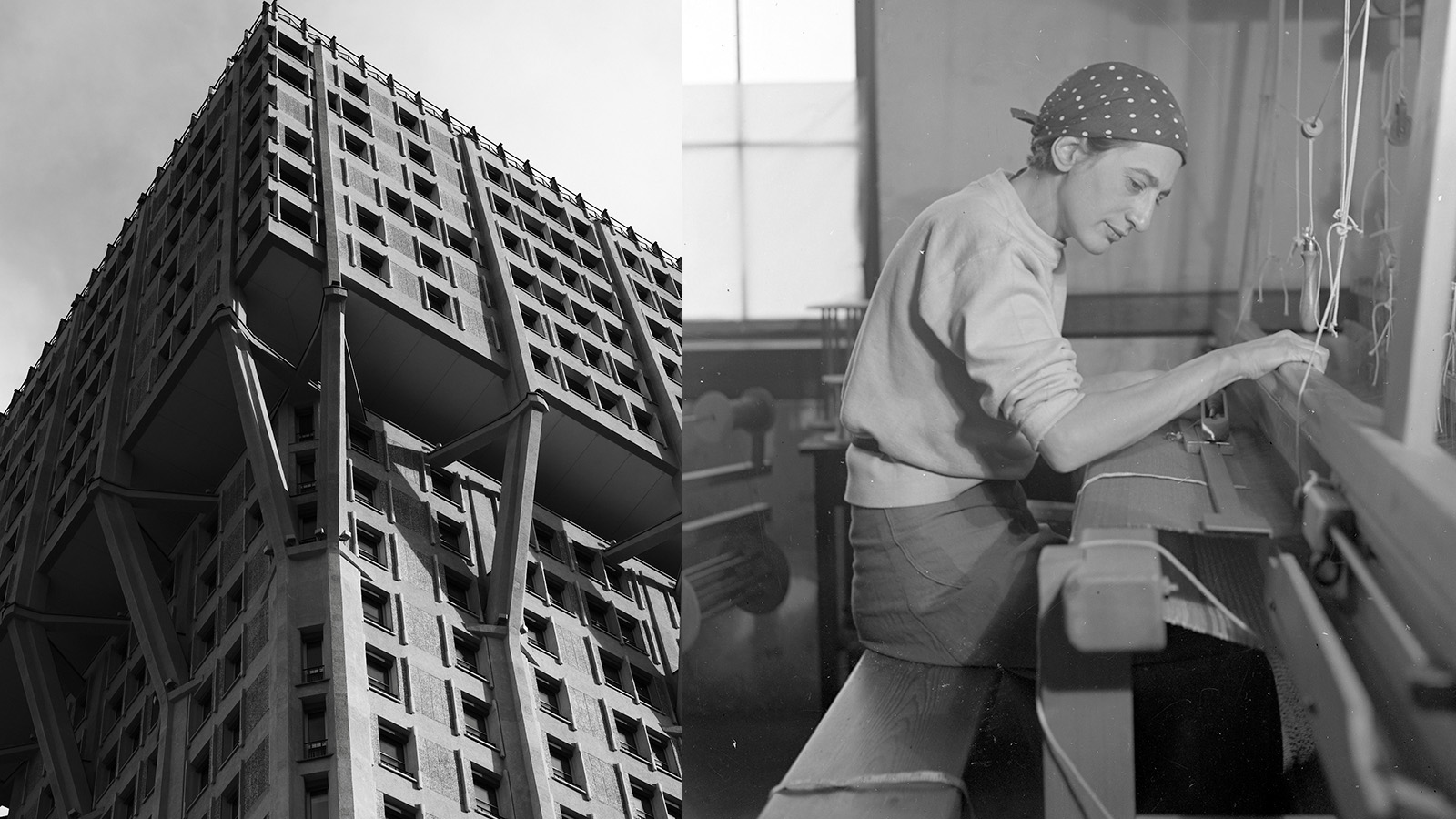 Anni Albers' weaving magic offers a delightful 2-in-1 modernist showcase in Milan
Anni Albers' weaving magic offers a delightful 2-in-1 modernist showcase in MilanA Milan Design Week showcase of Anni Albers’ weaving work, brought to life by Dedar with the Josef & Anni Albers Foundation, brings visitors to modernist icon, the BBPR-designed Torre Velasca
By Ellie Stathaki
-
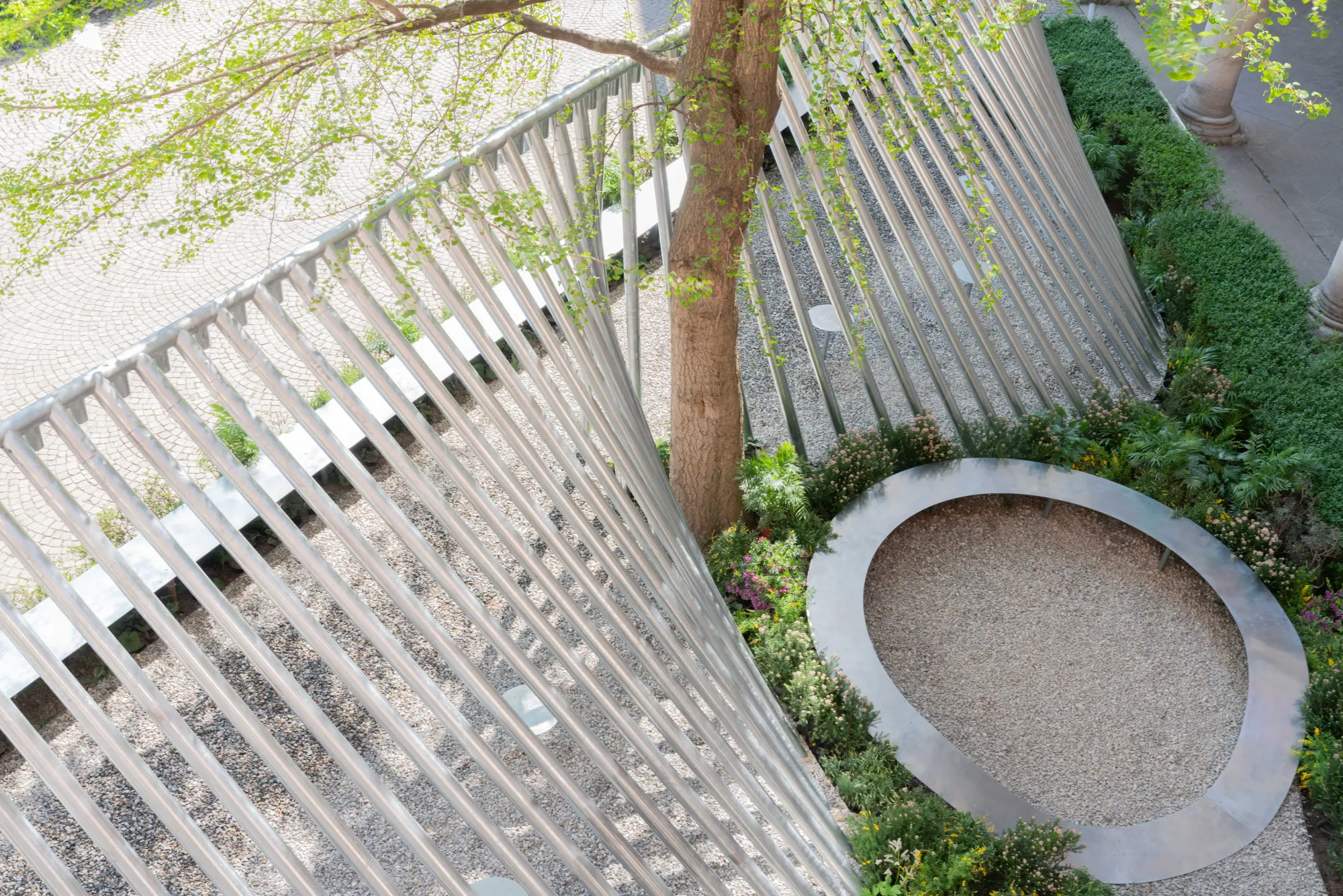 Milan Design Week: ‘A Beat of Water’ highlights the power of the precious natural resource
Milan Design Week: ‘A Beat of Water’ highlights the power of the precious natural resource‘A Beat of Water’ by BIG - Bjarke Ingels Group and Roca zooms in on water and its power – from natural element to valuable resource, touching on sustainability and consumption
By Ellie Stathaki
-
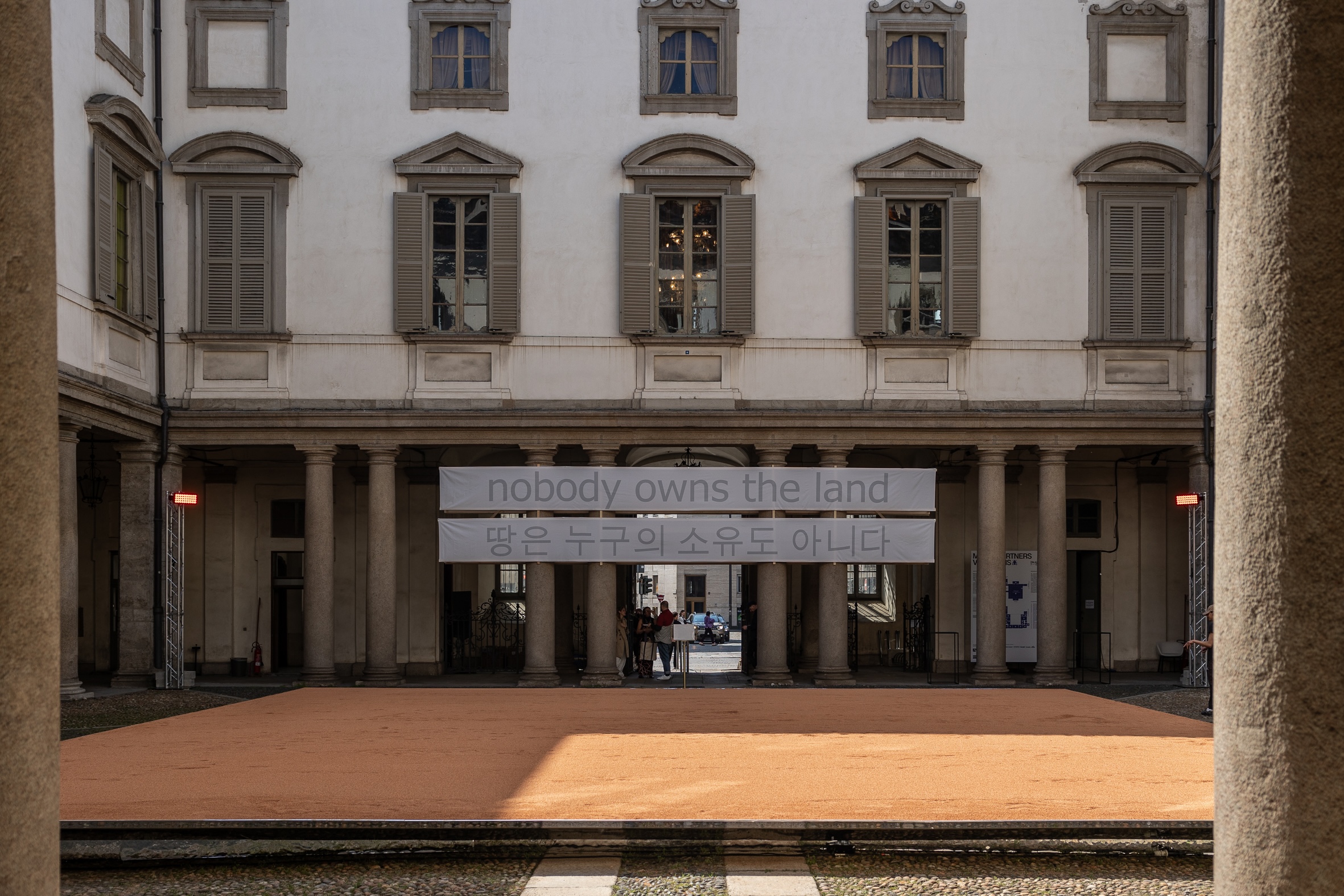 This Milan Design Week installation invites you to tread barefoot inside a palazzo
This Milan Design Week installation invites you to tread barefoot inside a palazzoAt Palazzo Litta, Moscapartners and Byoung Cho launch a contemplative installation on the theme of migration
By Ellie Stathaki
-
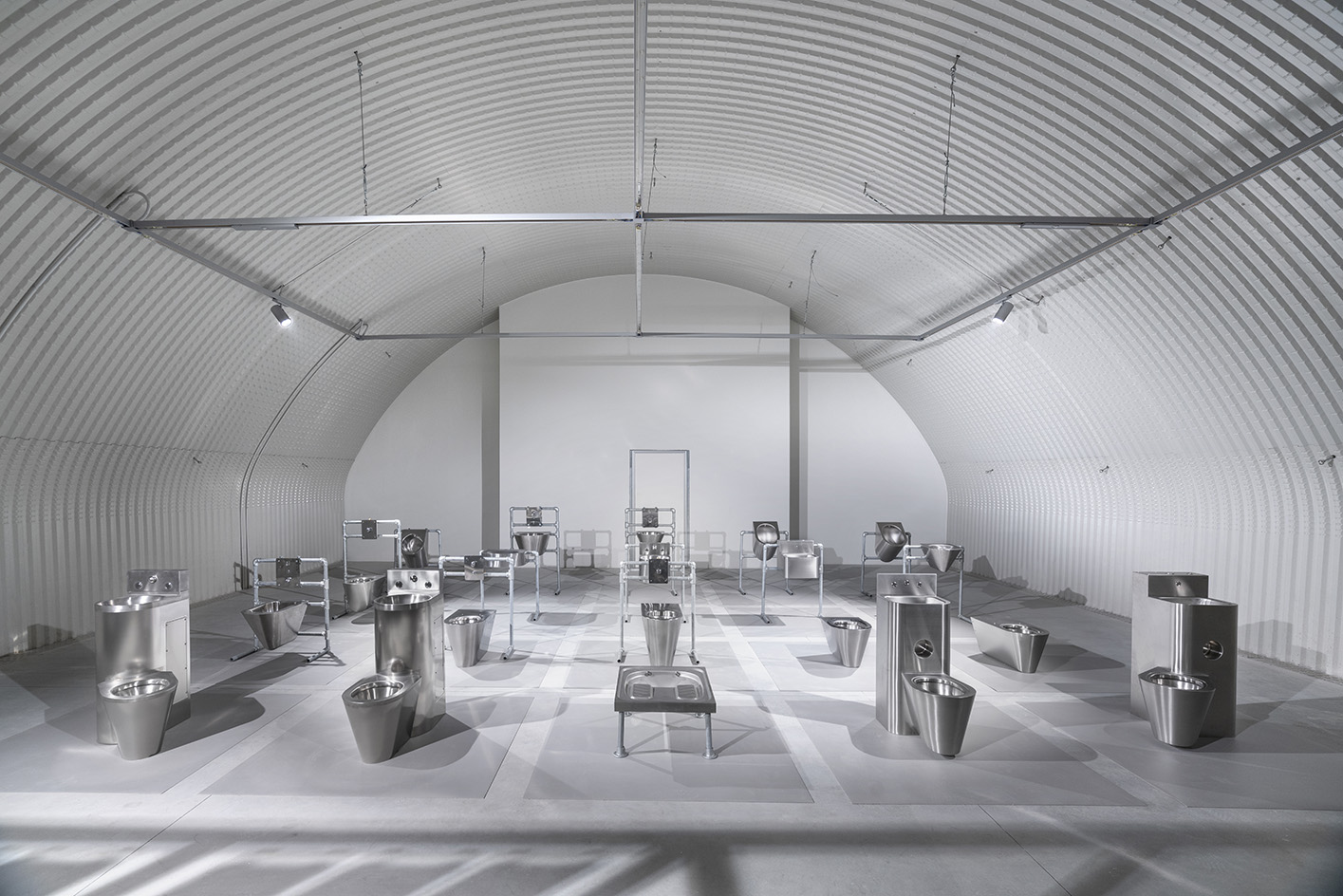 Milan Design Week: Dropcity challenges detention space design with 'Prison Times'
Milan Design Week: Dropcity challenges detention space design with 'Prison Times'Dropcity's inaugural exhibition 'Prison Times – Spatial Dynamics of Penal Environments', opens a few days before the launch of Milan Design Week and discusses penal environments and their spatial design
By Ellie Stathaki
-
 The upcoming Zaha Hadid Architects projects set to transform the horizon
The upcoming Zaha Hadid Architects projects set to transform the horizonA peek at Zaha Hadid Architects’ future projects, which will comprise some of the most innovative and intriguing structures in the world
By Anna Solomon
-
 Is biodesign the future of architecture? EcoLogicStudio thinks so
Is biodesign the future of architecture? EcoLogicStudio thinks soWe talk all things biodesign with British-Italian architecture practice ecoLogicStudio, discussing how architecture can work with nature
By Shawn Adams
-
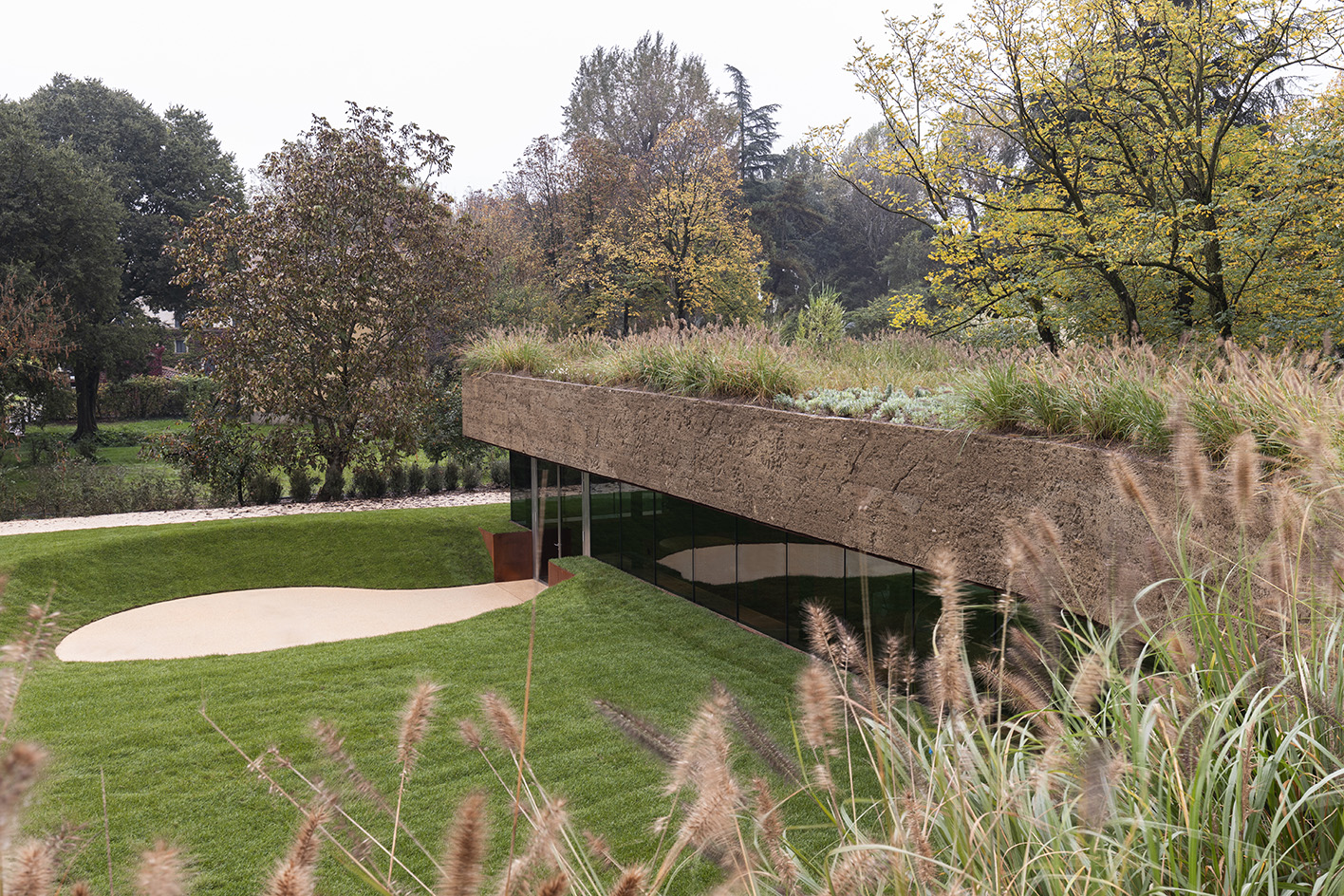 Meet Carlo Ratti, the architect curating the 2025 Venice Architecture Biennale
Meet Carlo Ratti, the architect curating the 2025 Venice Architecture BiennaleWe meet Italian architect Carlo Ratti, the curator of the 2025 Venice Architecture Biennale, to find out what drives and fascinates him ahead of the world’s biggest architecture festival kick-off in May
By Ellie Stathaki